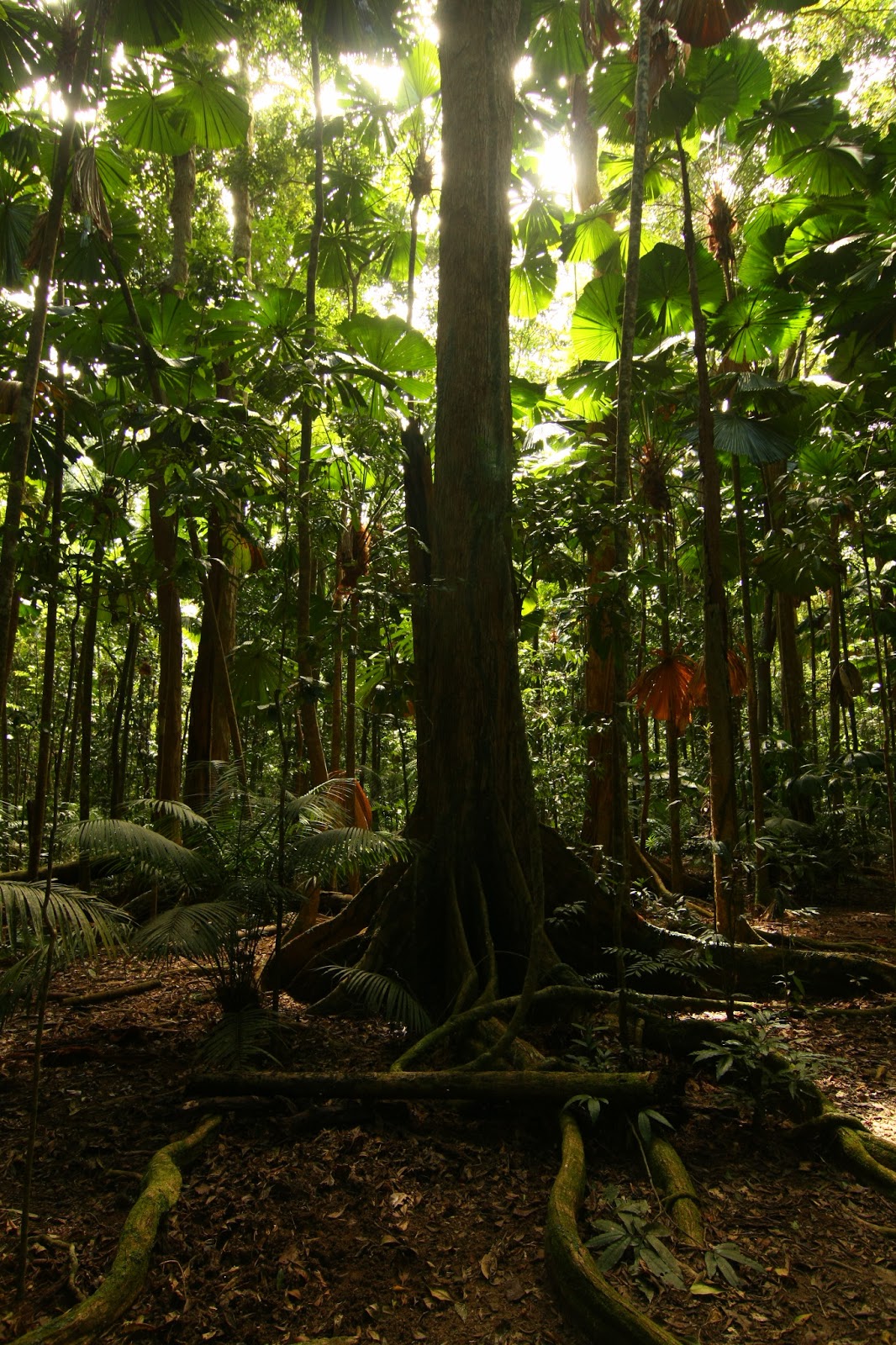Iridescence
Iridescence Colour can be generated in a couple of ways. We are very familiar with colours produced by pigments or dies. Some insects and birds, compact disks, oil slicks and other things however, produce their bright, pure colour through the process of iridescence. A pigment absorbs light in most parts of the spectrum and reflects a small range of wavelengths to give the impression of the pigmented surface being ‘coloured’. Clothing, hair, paint, plant tissue and skin colours are all pigment based effects. It is a chemical effect, in fact the colour of something can tell you a lot about its chemical make-up. Hemoglobin makes blood red, carotene, from carrots is yellow-orange, and melanin gives you your tan and hair colour. The effect relies on electrons in the pigment molecules behaving in certain ways to achieve the result of absorbing particular wavelengths of light and reflecting others. Iridescence is a very different process. It relies on ...


Comments